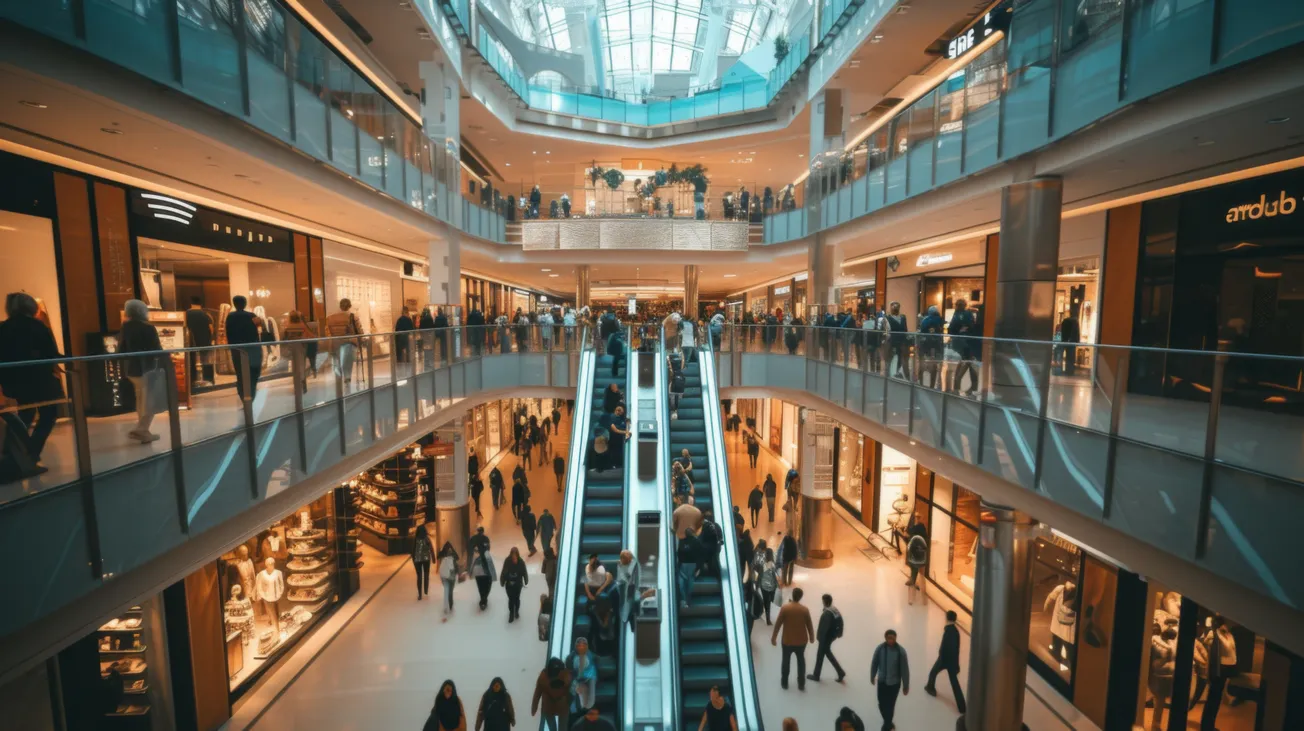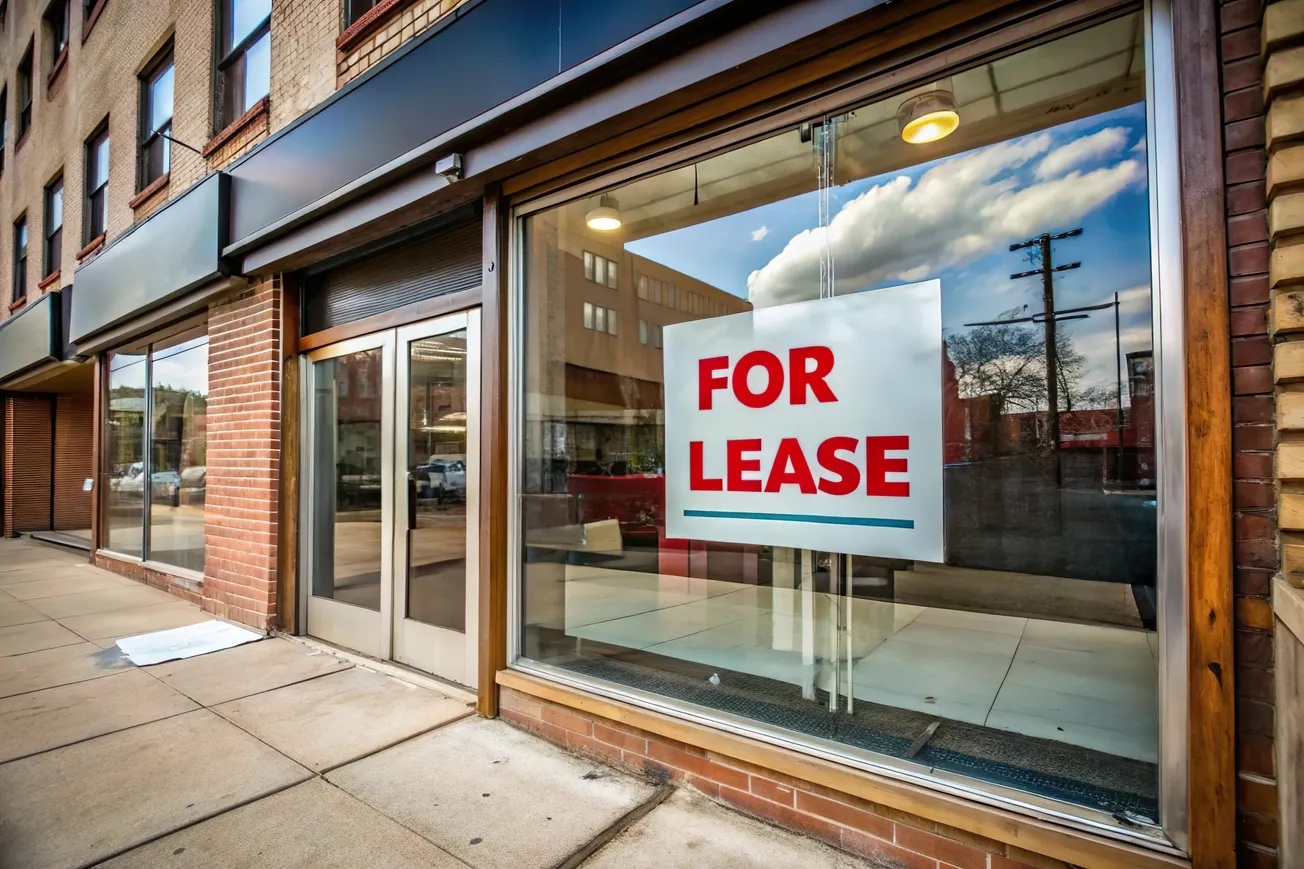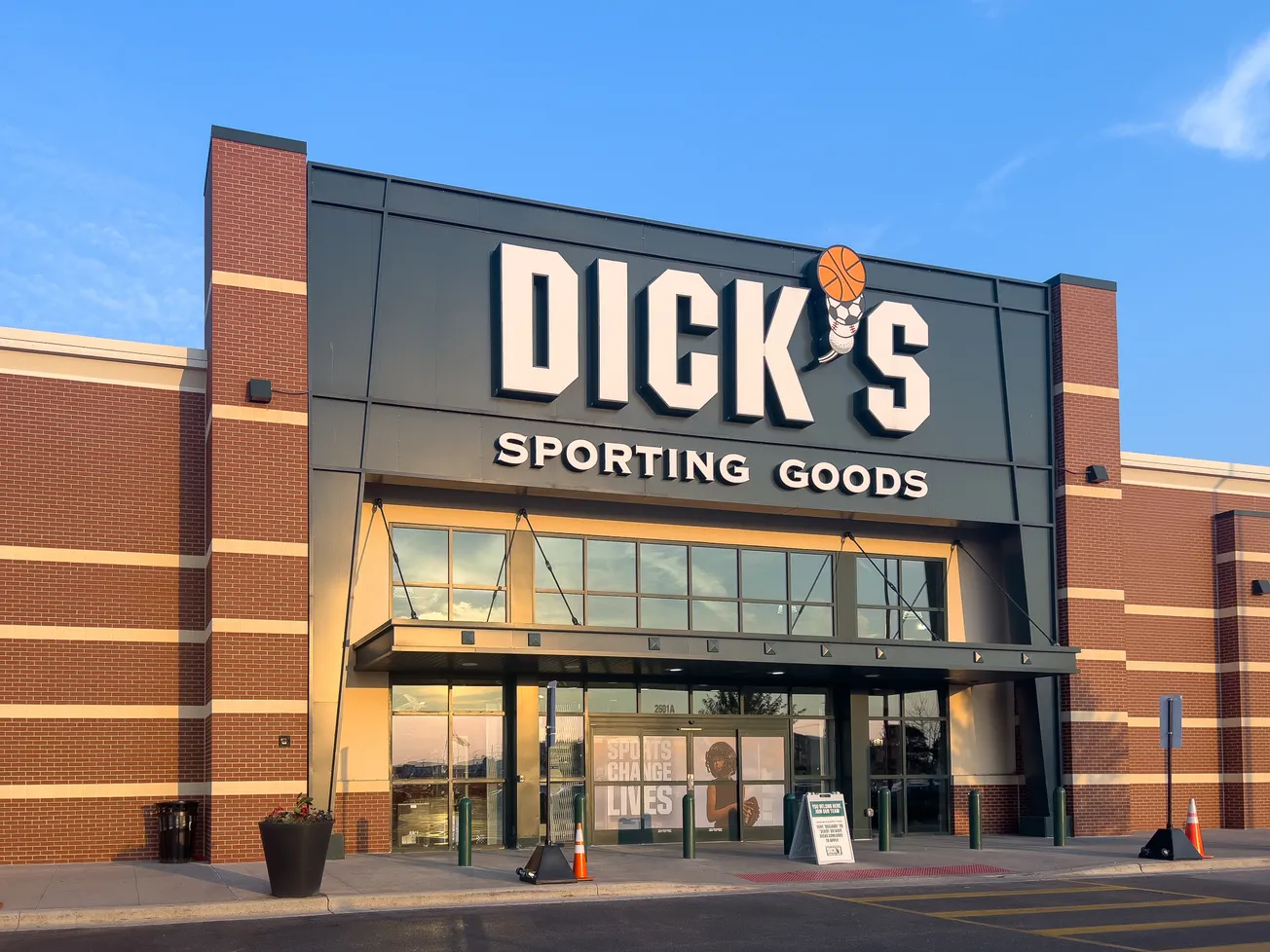The American shopping mall, once a symbol of suburban prosperity, has faced significant challenges in recent decades due to the rise of e-commerce, changing consumer preferences, and the decline of traditional anchor stores.
In response, stakeholders are exploring innovative strategies to revitalize these spaces, with notable developments such as Walmart's recent acquisition of Pennsylvania's Monroeville Mall signaling a potential shift in the retail landscape.
Walmart's Acquisition of Monroeville Mall
In early 2025, Walmart purchased the Monroeville Mall near Pittsburgh for $34 million. This acquisition marks a departure from Walmart's typical retail strategy, indicating an interest in reimagining underutilized commercial spaces.
The company has partnered with Dallas-based real estate firm Cypress Equities to "reimagine" the property. While specific redevelopment plans are pending, the initiative suggests a potential blend of retail, entertainment, and community spaces to rejuvenate the mall.
The Decline of Traditional Malls
In the mid-20th century, malls thrived as primary shopping destinations, offering a centralized location for a variety of retail stores, dining options, and entertainment venues.
However, the advent of online shopping platforms and a shift towards experiential retail have led to decreased foot traffic. Between 2010 and 2013, mall visits during the holiday season dropped by 50%, highlighting a significant change in consumer behavior.
The oversaturation of retail spaces has also played a role in the decline.
The United States has an estimated 1,150 malls, but projections indicate that by 2032, there may be as few as 150 still in operation. This suggests that up to 87% of large shopping malls may close over the next decade.
Innovative Repurposing Efforts
To combat decline, many mall owners and developers are repurposing spaces to attract visitors. Integrating entertainment venues, such as trampoline parks and recreation centers, has become a popular strategy.
For example, the Brass Mill Center mall in Waterbury, Connecticut, is set to open an indoor trampoline park in a former Macy's store, aiming to boost foot traffic and revitalize the space.
Additionally, some malls are transforming into mixed-use developments, incorporating residential units, offices, and public spaces.
This approach not only addresses the oversupply of retail space but also meets community needs, creating vibrant hubs that extend beyond shopping. For instance, the Eastwood Mall in Birmingham, Alabama, was redeveloped into Eastwood Village, featuring a Walmart Supercenter alongside other retail and dining options.
Another example is the Wellgate Centre in Dundee, Scotland, which is being repurposed into a leisure hub, reflecting a broader trend of transforming traditional retail spaces into multi-use community centers.
Impact of Anchor Store Closures
Anchor stores like Macy's, J.C. Penney, and Sears traditionally drew significant customer traffic to malls. Their decline has had a cascading effect, leading to increased vacancies and reduced shopper appeal.
For instance, between 2016 and 2020, 360 mall-based department stores closed, underscoring the challenges malls face in maintaining their traditional retail models.
The closure of these anchor stores often leaves large, vacant spaces that are difficult to fill.
Without the draw of major retailers, smaller stores struggle to attract customers, leading to further vacancies and a downward spiral for the mall.
This phenomenon has led to the term "dead mall," describing shopping centers with high vacancy rates and low consumer traffic.
The Future of Malls
The decline of traditional malls underscores the need for adaptation in the retail sector.
By embracing innovative repurposing strategies and reimagining spaces to meet contemporary consumer preferences, malls can transform from declining retail centers into dynamic community hubs.
Walmart's recent acquisition may signal a broader trend of retailers investing in such transformations, aiming to revitalize these once-thriving centers of commerce and social interaction.









